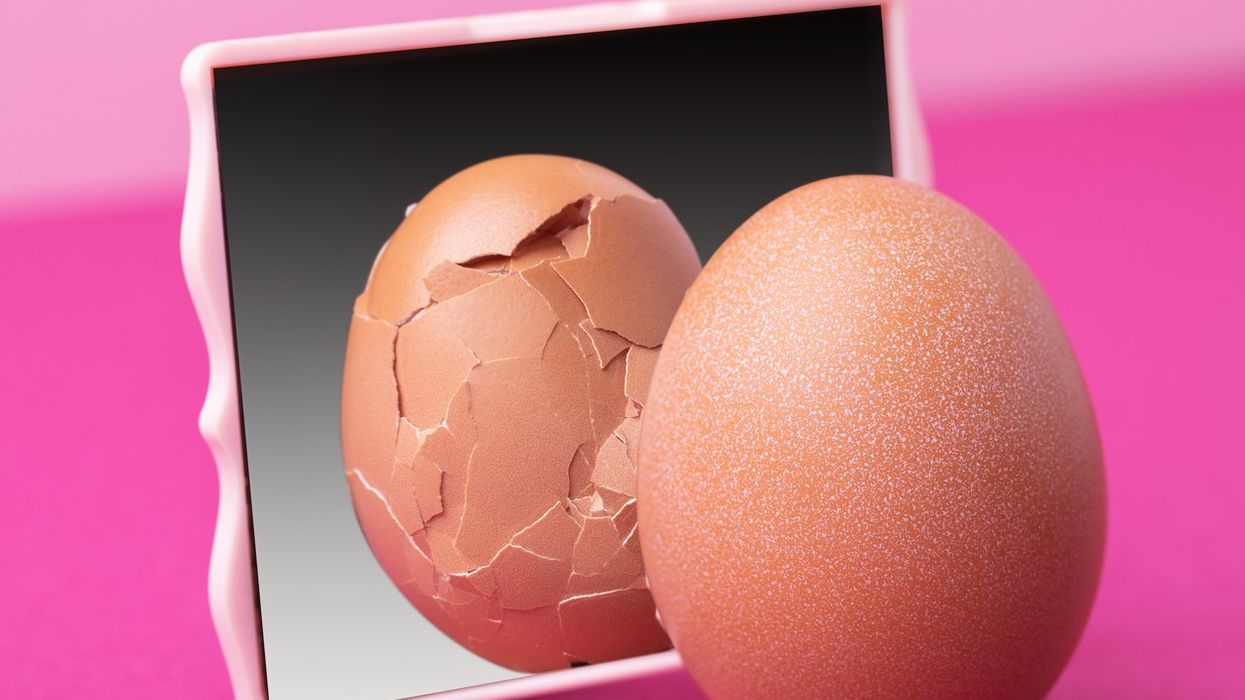WEBMD defines imposter syndrome as “when you doubt your own skills and successes. You feel you’re not as talented or worthy as others believe, and fear that one day, people will realise that.”
When I started writing this column, I struggled to decide where to begin. Should I talk about imposter syndrome at work, in romantic relationships, friendships, or just in life, generally? Then, I decided to break it down.
I know I am a great friend, good at my job, and give 120 per cent effort in a relationship. But some days, I do not feel good enough. A friend summed it up when she said, “Some days, no matter how much you have achieved, you can still feel like you are not enough.”
I took some time to think more deeply – where does my imposter syndrome come from, and why has it manifested this way? Once I had figured that out, the words started to flow.
In relationships, I have always been the one doing all the giving. In previous jobs, my managers did not recognise my potential. Some friends were toxic and made me feel bad about things like not being married. Why had I even put up with those things, I wondered?
So, how can we overcome imposter syndrome? The first thing we can do is use an emotion wheel – something I learned in therapy. Google it. It helps you identify why you feel a certain way and enables you to overcome these barriers. Over time, it can help you become your best self.
Another important step is to stay away from negative friends or partners who do not match the effort you put in. Normalise not sharing everything with people if you think they might respond negatively.
In romantic relationships, be confident. Know what you bring to the table and embrace all your flaws and quirks. If someone does not see how wonderful you are, they are not your person. At work, if they do not see your worth, find another job where they will.
These steps sound simple, but require strength. And you do have that strength.
We should all work on building our self-esteem. Know your worth and focus on being the best version of yourself. Whether that involves therapy or surrounding yourself with people who bring out the best in you, it is crucial. We all have days when we fear judgment and seek validation. Be confident and block out the external noise that makes you doubt yourself.
I will leave you with a quote from Michelle Obama: “I still have a little imposter syndrome. It doesn’t go away, that feeling that you shouldn’t take me that seriously. What do I know? I share that with you because we all have doubts in our abilities, about our power and what that power is”.












